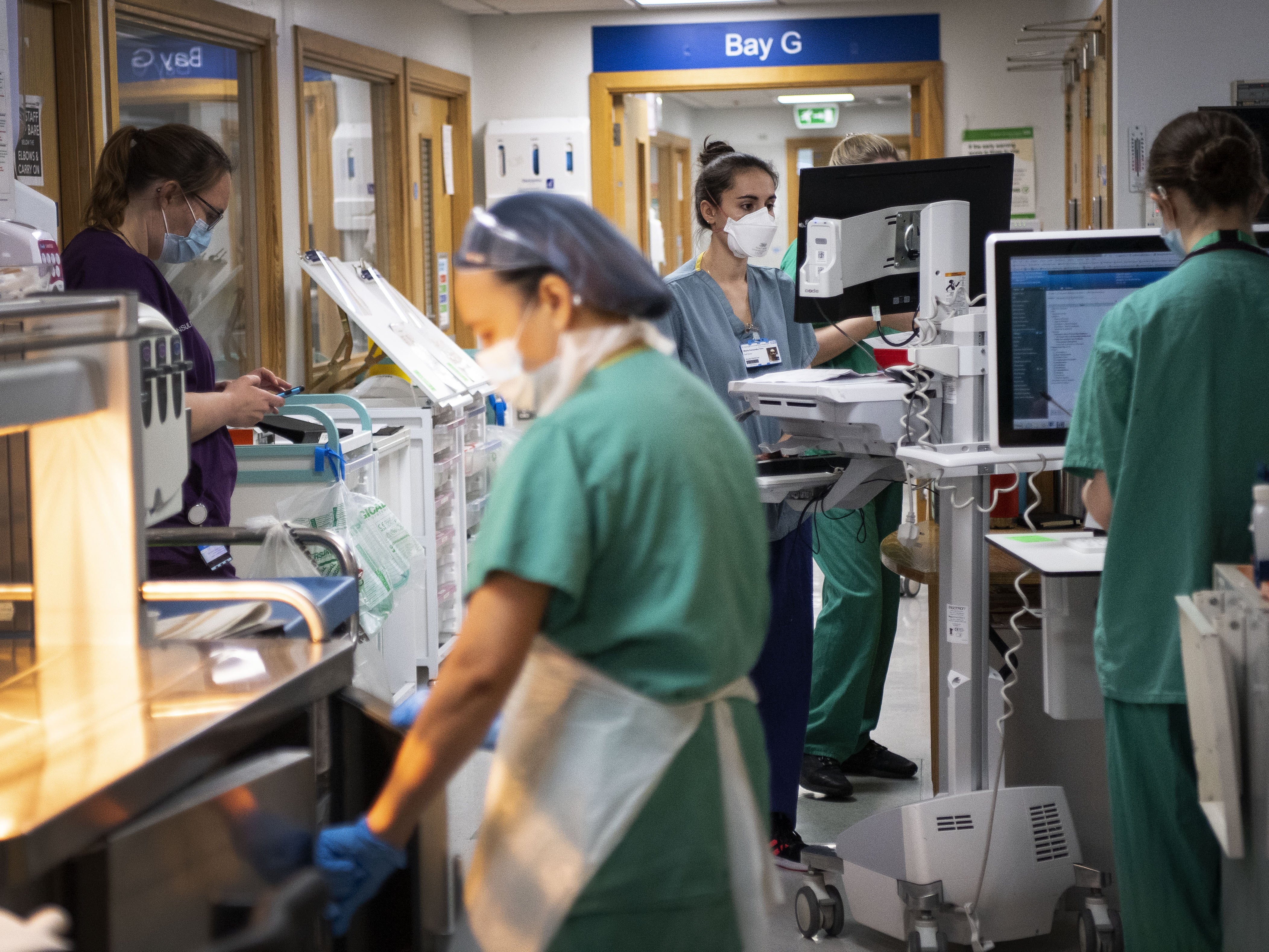Analysis: Treasury’s dead hand over NHS policy is the biggest patient safety threat
As MPs reject a plan to improve NHS workforce planning, Health Correspondent Shaun Lintern warns of the consequences


Patients are dying in the backs of ambulances or on trolleys in A&E while others languish in beds unable to be discharged due to the collapse in social care. Others waiting in pain are desperate to get a bed for much-needed surgery.
While there are many ingredients mixing together to create the current NHS crisis, a widespread shortage of nurses, doctors and other essential staff is one of the major contributory factors.
Many in the NHS reacted with disbelief on Tuesday after 280 MPs voted with the government to reject a bid to force through better workforce planning for the NHS.
Former health secretary Jeremy Hunt had pulled together a coalition of health organisations and charities who backed his proposal which demanded ministers draw up and publish workforce plans every two years.
Mr Hunt’s amendment fell victim to the fear of the cost of actually training enough doctors and nurses to work in the NHS.
The Treasury’s dead hand over NHS policy has and continues to be one of the biggest patient safety threats in the UK.
As Mr Hunt told MPs, the costs are borne not only from huge bills for locum doctors and nurses who earn incredible pay working alongside exhausted full-time staff, but also in the safety failures caused by staff shortages.
Exhausted nurses will make mistakes. One nurse cannot safely look after a ward of 16 elderly patients. A doctor can only see one patient at a time in A&E.
Speaking to MPs, Mr Hunt pleaded with the Commons to offer some hope to the NHS workforce.
He said NHS staff were “exhausted” but also “daunted” by the challenges they were seeing. He added: “All they ask is one simple request, that they can be confident we are training enough of them for the future.”
While the government have been generous, Mr Hunt emphasised: “Extra money without extra workforce will not in the end solve the problems we want to solve and at the moment the NHS just cannot find the staff.”
The government announced this week plans to merge Health Education England, which is responsible for workforce planning and training, with NHS England. The idea this is a solution is fanciful.
The reason HEE was created in the first place was because of the long tradition in the NHS of plundering education and training budgets to fill gaps elsewhere.
This is the reason we are in a workforce crisis now – it actually dates back to the final years of the Labour government but the Tories have not done enough to fix the problem.
Reacting to the news after the vote was lost, Richard Murray, chief executive of The King’s Fund, said this was an “opportunity missed.”
He added: “Despite pledges, promises and manifesto commitments there is still no plan to address workforce shortages, and there is no certainty about the budgets for staff education and training. The health and care workforce crisis continues to be a blind spot for the government.”
Patricia Marquis, RCN England director said: “There is widespread disappointment and disbelief this evening. When vacancy levels are so high, the move is short-sighted at best and wilfully reckless at worst.
“The current approach to workforce planning is haphazard and leads to shortages - running counter to all ambitions to improve patient safety.”
All eyes move now to the House of Lords where the issue of workforce shortages may will re-appear.
Join our commenting forum
Join thought-provoking conversations, follow other Independent readers and see their replies
Comments
Bookmark popover
Removed from bookmarks